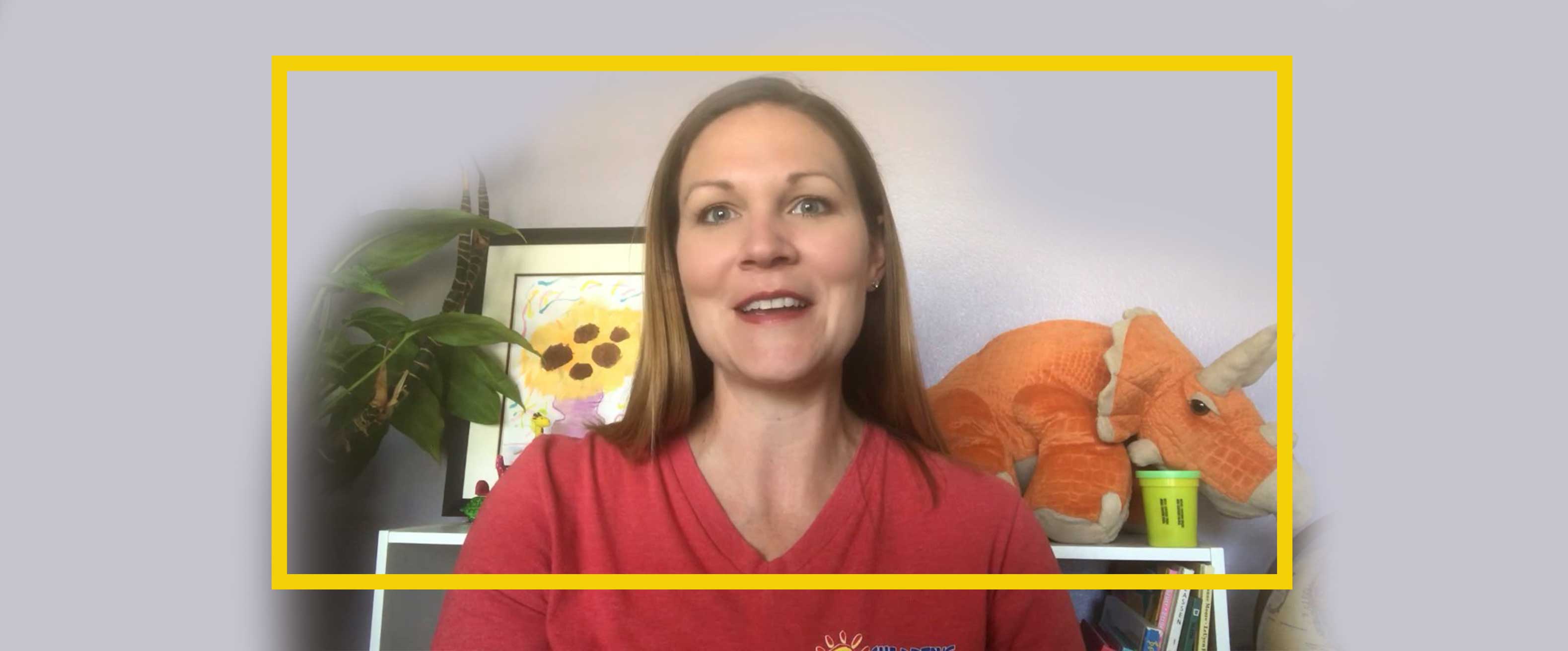

There is a learning curve in supporting your child’s TeleTherapy sessions at home.
Challenges of one sort or another are inevitable. As a guide, here are our top ten tips for parents new to TeleTherapy.
1. Put TeleTherapy on your child’s schedule
Kids, like adults, feel empowered by knowing what’s coming. Let your child know that TeleTherapy is part of their agenda for the day. Offer reminders. For example, “First lunch, then therapy with Mrs. Joy on the computer.”
2. Check your tech
If the feed is sluggish, freezes, or is really grainy, then sometimes going closer to the wireless WiFI router can help. Set the camera somewhere stable and work with the therapist on adjusting the camera placement. Check your email inbox (maybe even your email junk folder) for a Google Meet invite from your therapist.
3. Know the game plan
Ask your therapist how you can help and let them know if you don’t understand. For kids that need more support, collaborate with the therapist on what is needed. Knowing the answers to the questions below will empower the parent to know the ‘game plan’:
- Is a visual schedule or therapy task list needed?
- Will redirection skills be needed? For example, instead of staying “Stop playing with the doll” we can say “Shhhh! Let’s put the baby down for a nap and come to the table.”
- Will a token board be used to visually represent getting closer to the child’s reinforcer?
- Should special care be taken to empower the child by offering choices, like “should we use a blue marker or a pencil?” Note… only offer choices you can live with! If it’s not optional, don’t ask.
- Should the parent go out of their way to offer task-specific praise, like “I like how you are looking at your paper and holding your pencil.”
- Does the child benefit from clear and short directions, like “first draw, then video”?
4. Keep motivation strong
Save special toys/reinforcers just for therapy sessions so they are exciting and motivating to the child. This may include certain reinforcing toys, snacks, candy, electronics etc. that are reserved ONLY for special use during therapy time.
5. Find resources in your own home
Gather items that have been suggested by your therapist and have them ready at the time therapy starts.
6. Make a distraction-free zone
Put away distracting toys (except those that are being used in the therapy session). Minimize other distractions like TV, siblings, etc.
7. Need something?
Are there items you need at home to help with therapy sessions? We have TEAM members that make special deliveries.
8. Take a break
TeleTherapy is a no judgement zone! If your child has a tantrum we recommend the adults… the parent and therapist alike take calming, deep breaths. Set aside a cleared space for de-escalation beforehand just in case. This is a calming place your child can go if they need a break.
9. Set your 80/20 expectations
At Children’s Therapy TEAM we invest in training all therapists, regardless of discipline, in the principals of Applied Behavior Analysis. Because of this training, our therapists are very familiar with the 80/20 learning concept. What does this mean? Research supports planning therapy sessions for children that includes challenging and demanding activities no more than 20% of the session.
So what is done during the other 80% of the session? Your child’s therapist will likely intentionally practice skills your child has already mastered. This is done intentionally, not only to maintain mastered skills, but also to build rapport and foster motivation and cooperation before working on harder, more challenging skills.
10. Keep an open mind
Figuring out what will work for your child may take some trouble shooting. You and your child’s therapists will work together to figure things out.
About the contributors:
These tips were a collaboration among several members of Children’s Therapy TEAM and includes contributions from members of Children’s Therapy TEAM’s Behavior Intervention Leadership TEAM.
Melissa Foster is a Nationally Board Certified Occupational Therapist who received her Masters in Occupational Therapy from University of Central Arkansas in 2004. She came to Children’s Therapy T.E.A.M. in 2013 with a wealth of treatment experience in settings that range from clinical experience in Northwest Arkansas (NWA) to Kansas to New York. Her primary interests are treatment of children on the Autism Spectrum, treatment of children with ADHD and treatment of children with sensory processing and behavioral disorders. Melissa is an active public speaker in the NWA community on topics related to Autism and Sensory Processing Disorder. She has authored several resource materials for parents on topics such as picky eating and toys to promote development. Her blogs address topics of interest to parents and have become a popular resource for families. Melissa loves spending time with her husband and their two children. On warm summer days she enjoys sitting on her patio with a good book and a glass of iced tea.
